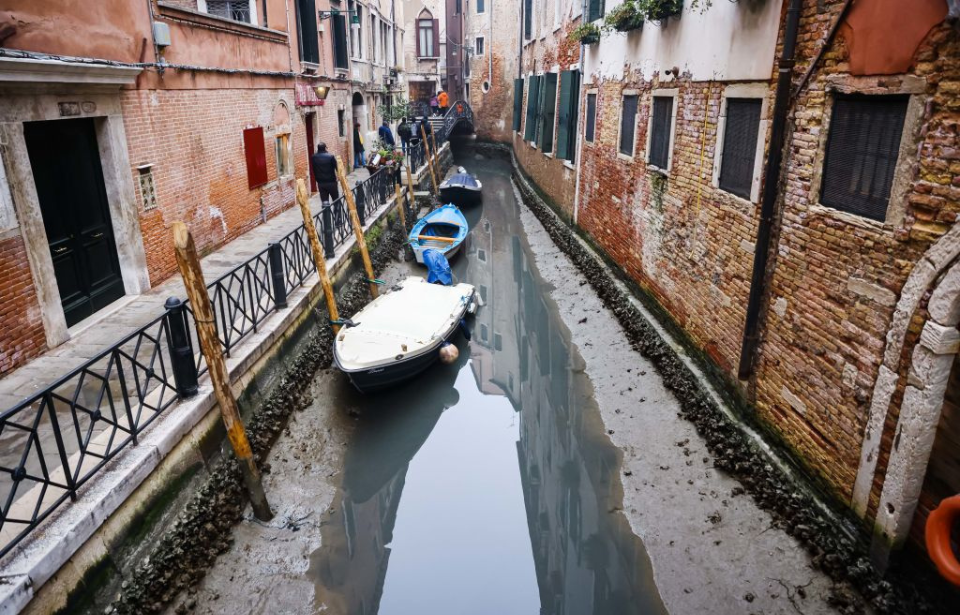The effects of climate change are starting to take shape around the globe, especially in coastal areas. Experts believe the historic city of Venice, Italy could be completely engulfed in water as early as 2100 and while flooding has been a major issue in the area for many years, a stranger phenomenon is currently affecting Venice’s iconic canals.
The ebb and flow of Venice’s canals
Flooding is a typical occurrence in Venice. In fact, the city’s relationship with water is its most important cultural export. The historic canal systems that weave throughout the city have allowed people to travel through the maze of ancient buildings. The canals were originally built around preexisting, naturally-occurring channels between the marshy islands of the Lagoon of Venice.
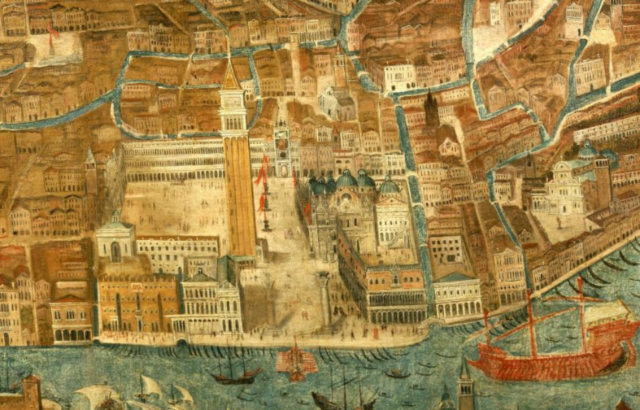
The canals took shape soon after settlers arrived in the region in the 5th century. Eventually, buildings were constructed along the banks of the canals on top of the marshy landscape using piles of wood set into layers of sand and clay. Later on, limestone bricks were used to strengthen the walls of the canals.
In recent years flooding in the Venice area has raised concerns over protecting the immense heritage cultural of the canals, especially the historic “Grand Canal.” The worst flooding in recent years happened in 2019 when water levels hit the highest they had ever been in 50 years, measuring 6.3ft.
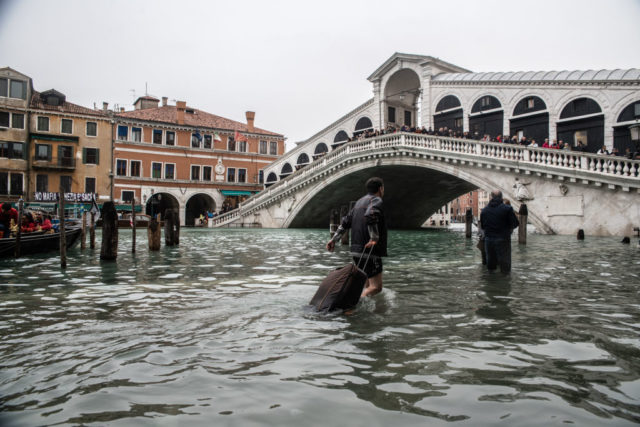
In fact, most Venetians are used to the constant rise and fall of water levels in the canals, which they call aqua alta or high water, referring to the ebb and flow of the tides. But recently an entirely different threat has arisen in the canals: drought.
What is happening in Venice?
Low tides have left the canals essentially empty, with water levels dropping 18 inches from the 19-inch average. Now, the beautiful gondolas that made Venice the tourism gem it is are sitting on the muddy beds of the canals.
Some environmental groups say that this drought is just a taste of what is to come, as the Alps have received less than half of their normal snowfall this winter. This means Venice could see more dry rivers and low tides throughout the summer months.
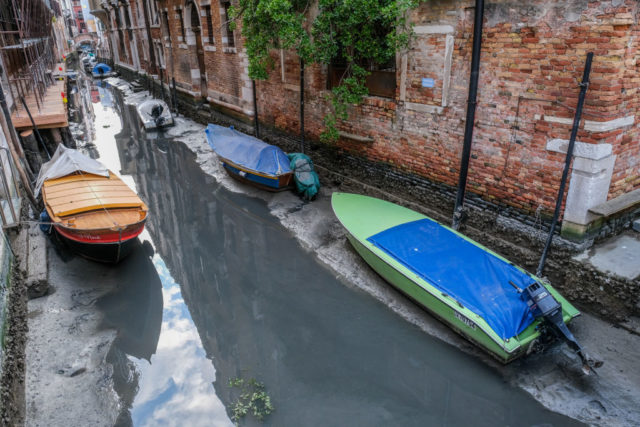
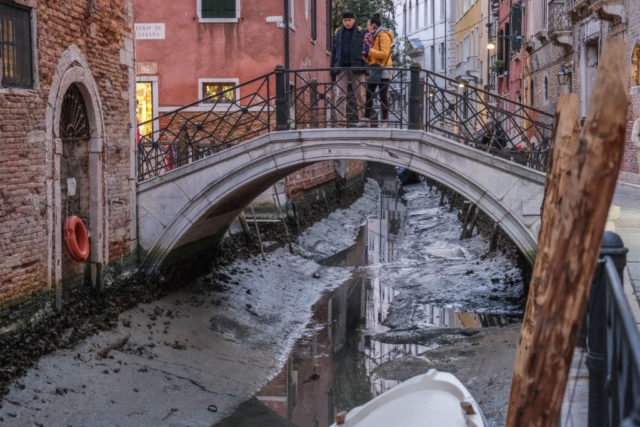
The lack of snow means less runoff in the spring, which comes from snow melting in the Alps and making its way down into vital water supplies. Many other lakes and rivers in Italy rely on this annual thaw to keep water levels at a healthy height.
More from us: No One Can Escape Climate Change – Not Even the Dead
Regular fluctuations in water levels are a normal part of life in Venice. However, as time progresses the periods between alta and bassa (or high and low) become more exaggerated – making it clear that climate change is disrupting the natural cycle that has kept the city of Venice afloat for centuries.
